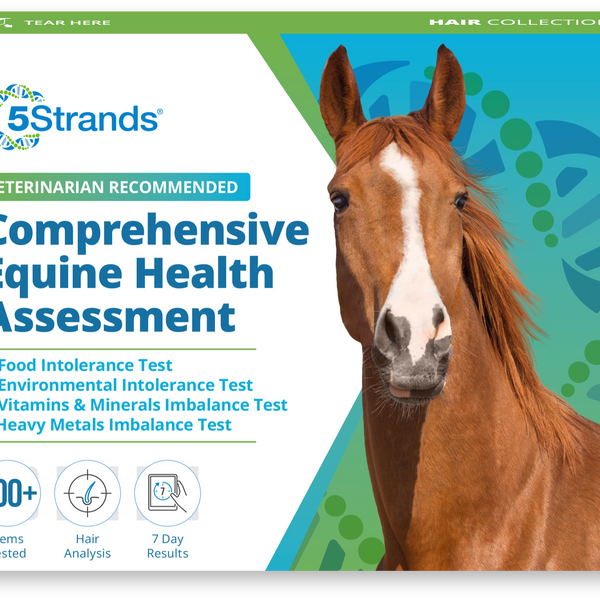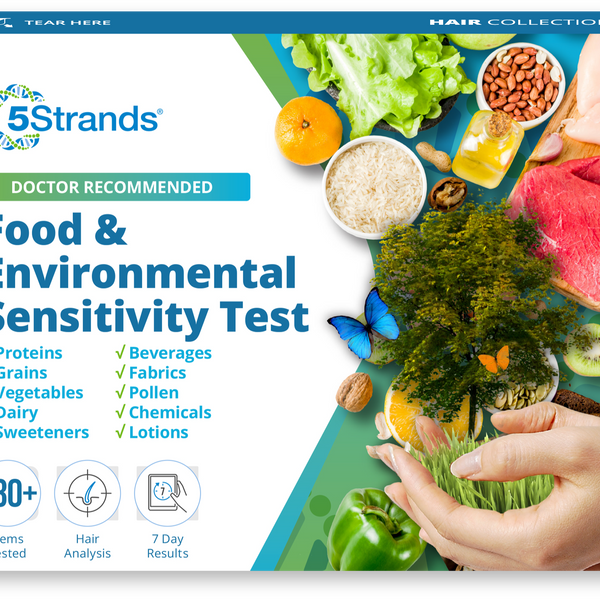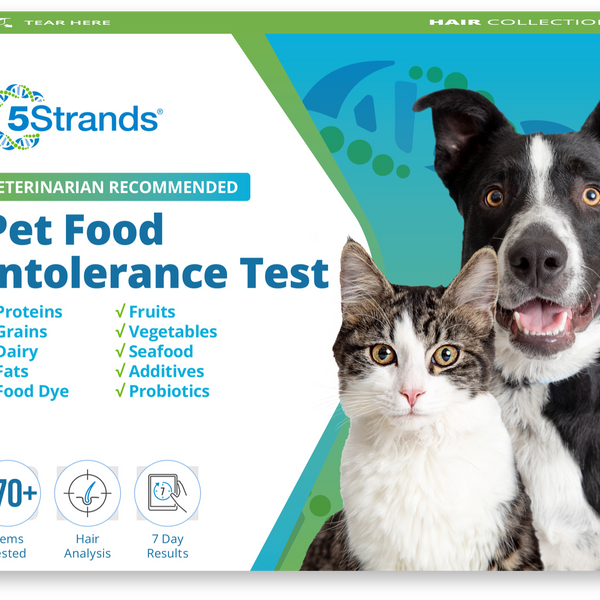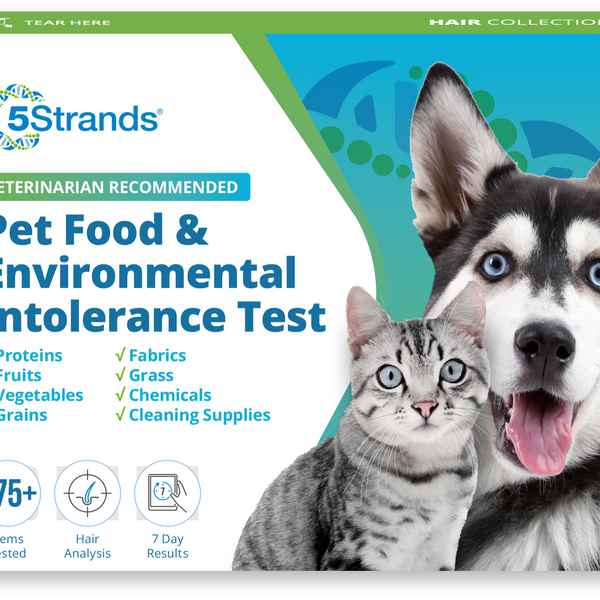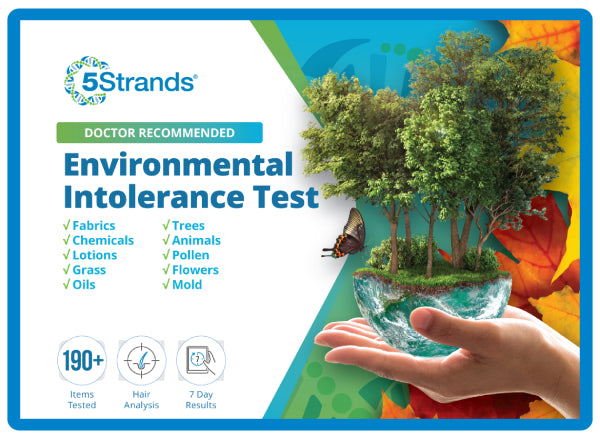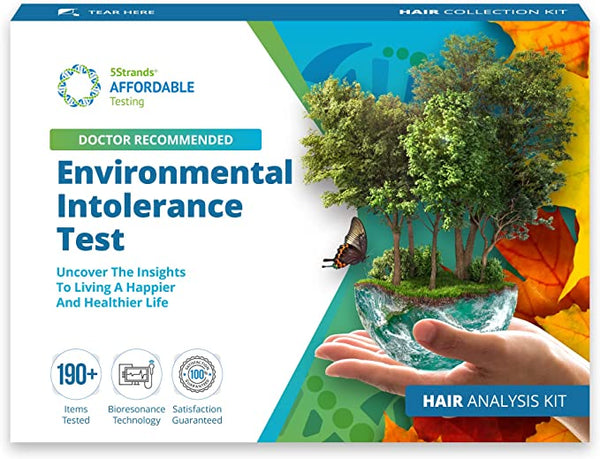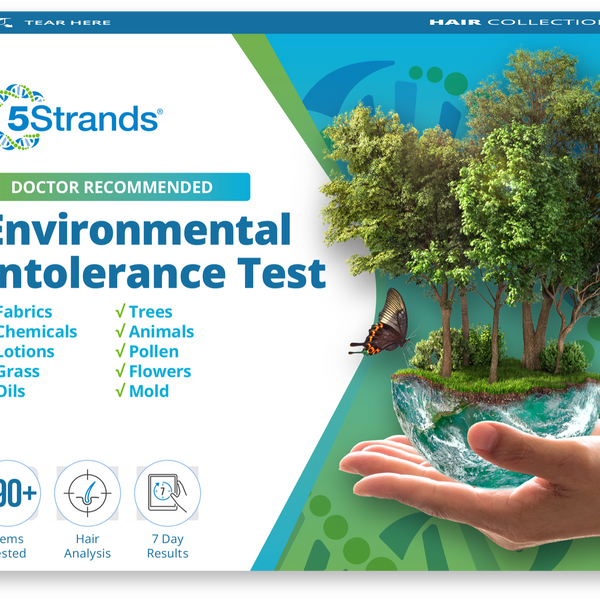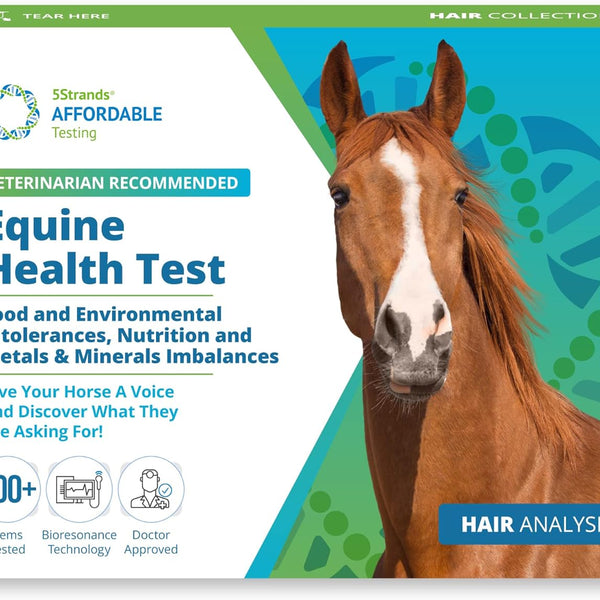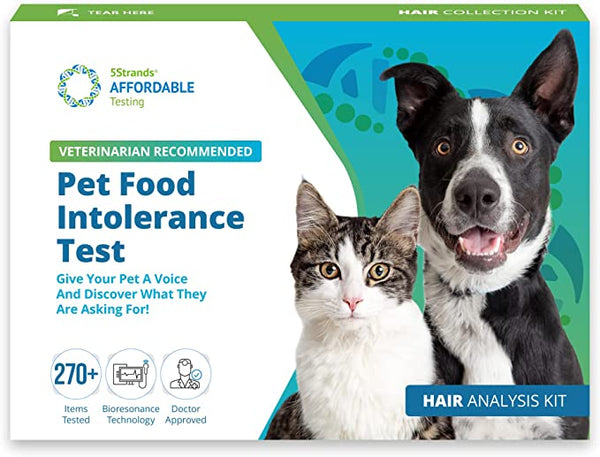WHY SHOULD THE AVERAGE PERSON WORRY ABOUT NUTRIENT POLLUTION?
If you are like most average people, you probably do not think about the environment like you should. Let alone how you could be contributing to things that can make you and your pets sick or even die! 5Strands has been watching news reals from all over the globe about pet deaths and people getting sick from a “mystery” illness. We are here to tell you that it is not a mystery any more. 5Strands wanted to be invested in the process to help people once again take control over their life and avoid a tragedy by bringing a simple test to market that can help detect toxins in the water before you get in. But before we talk about our test, we feel it is very important that everyone knows about the cause or contributor to this deadly toxin.
We are reposting information from the EPA’s website to help you understand how this all came to be.
What is the Problem?
Nutrient pollution is a widespread, costly and challenging environmental problems, and is caused by excess nitrogen and phosphorus in the air and water.
Nitrogen and phosphorus are nutrients that are natural parts of aquatic ecosystems. Nitrogen is also the most abundant element in the air we breathe. Nitrogen and phosphorus support the growth of algae and aquatic plants, which provide food and habitat for fish, shellfish and smaller organisms that live in water.
But when too much nitrogen and phosphorus enter the environment - usually from a wide range of human activities - the air and water can become polluted. Nutrient pollution has impacted many streams, rivers, lakes, bays and coastal waters for the past several decades, resulting in serious environmental and human health issues, and impacting the economy.
Too much nitrogen and phosphorus in the water causes algae to grow faster than ecosystems can handle. Significant increases in algae harm water quality, food resources and habitats, and decrease the oxygen that fish and other aquatic life need to survive. Large growths of algae are called algal blooms and they can severely reduce or eliminate oxygen in the water, leading to illnesses in fish and the death of large numbers of fish. Some algal blooms are harmful to humans because they produce elevated toxins and bacterial growth that can make people sick if they come into contact with polluted water, consume tainted fish or shellfish, or drink contaminated water.

Nutrient pollution in groundwater - which millions of people in the United States use as their drinking water source - can be harmful, even at low levels. Infants are vulnerable to a nitrogen-based compound called nitrates in drinking water. Excess nitrogen in the atmosphere can produce pollutants such as ammonia and ozone, which can impair our ability to breathe, limit visibility and alter plant growth. When excess nitrogen comes back to earth from the atmosphere, it can harm the health of forests, soils and waterways.
Sources:
The primary sources of excess nitrogen and phosphorus are:
- Agriculture: The nitrogen and phosphorus in animal manure and chemical fertilizers are necessary to grow crops. However, when these nutrients are not fully utilized by plants they can be lost from the farm fields and negatively impact air and downstream water quality.
- Stormwater: When precipitation falls on our cities and towns it runs across hard surfaces - like rooftops, sidewalks and roads - and carries pollutants, including nitrogen and phosphorus, into local waterways.
- Wastewater: Our sewer and septic systems are responsible for treating large quantities of waste, and these systems do not always operate properly or remove enough nitrogen and phosphorus before discharging into waterways.
- Fossil Fuels: Electric power generation, industry, transportation and agriculture have increased the amount of nitrogen in the air through use of fossil fuels.
- In and Around the Home: Fertilizers, yard and pet waste and certain soaps and detergents contain nitrogen and phosphorus, and can contribute to nutrient pollution if not properly used or disposed of. The amount of hard surfaces and type of landscaping can also increase the runoff of nitrogen and phosphorus during wet weather.
The Effects of Nutrient Pollution
Nutrient pollution can have various effects on human health, the environment and the economy.
The presence of excess nutrients in air and water can affect human health, the environment and the economy. Federal, state and local governments spend billions of dollars per year to minimize these effects.
- Human health effects - Excess nutrients and harmful algal blooms create toxins and compounds in water that pose danger for human health. There are several ways that people (and pets) can be exposed to these compounds.
- Direct exposure to toxic algae: Drinking water can be a source of exposure to chemicals caused by nutrient pollution. Drinking, accidentally swallowing or swimming in water affected by a harmful algal bloom can cause serious health problems including: rashes, stomach or liver illness, respiratory problems, and neurological effects.
- Nitrates in drinking water: Nitrate, a compound found in fertilizer, can enter drinking water in agricultural areas. A 2010 report on nutrients in ground and surface water by the U.S. Geological Survey found that nitrates were too high in 64 percent of shallow monitoring wells in agricultural and urban areas. Infants are more susceptible to the health effects posed by nitrates, which can be serious and sometimes fatal.
-
Byproducts of water treatment: Stormwater runoff can carry nutrients directly into rivers, lakes and reservoirs, which serve as sources of drinking water for many people. When disinfectants used to treat drinking water react with toxic algae, harmful chemicals called dioxins can be created. These byproducts have been linked to serious health problems, including reproductive and developmental health risks.
- Environmental Effects - Algal blooms can reduce the ability of fish and other aquatic life to find food and can cause entire populations to leave an area or even die. Harmful algal blooms cause thick, green muck that impacts clear water, recreation, businesses and property values. Nutrient pollution fuels the growth of harmful algal blooms which have negative impacts on aquatic ecosystems.
- Direct exposure to toxic algae: Harmful algal blooms sometimes create toxins that are detrimental to fish and other animals. After being consumed by small fish and shellfish, these toxins move up the food chain and can impact larger animals like sea lions, turtles, dolphins, birds and manatees. Even if algal blooms are not toxic, they can negatively impact aquatic life by blocking out sunlight and clogging fish gills.
- Dead zones and hypoxia: Nutrient pollution can create dead zones - areas in water with little or no oxygen - where aquatic life cannot survive. Also known as hypoxia, these areas are caused by algal blooms consuming oxygen as they die and decompose. Aquatic animals - particularly young fish and seafloor dwellers like crabs and clams - must leave the affected area to survive. Over 166 dead zones have been documented nationwide, affecting water bodies like the Chesapeake Bay and the Gulf of Mexico. The Gulf of Mexico dead zone is the largest in the United States, measured to be 5,840 square miles in 2013. It occurs every summer because of nutrient pollution from the Mississippi River Basin, an area that drains 31 upstream states.
- Acid rain: Acid rain, caused by nutrient pollution in the air, damages lakes, streams, estuaries, forests and grasslands across the country.
-
Air pollution: Airborne nitrogen compounds like nitrogen oxides contribute to the formation of other air pollutants such as ground-level ozone, a component of smog which can restrict visibility. Wind and weather can carry ozone many miles from urban to rural areas. Ozone pollution can damage trees and harm the appearance of vegetation and scenic areas.
- Economic Effects - Nutrient pollution can have severe economic impacts on recreational fishing, businesses, and tourism. Nutrient pollution has diverse and far-reaching effects on the U.S. economy, impacting tourism, property values, commercial fishing, recreational businesses and many other sectors that depend on clean water.
- Drinking water costs: Nitrates and algal blooms in drinking water sources can drastically increase treatment costs. For example, nitrate-removal systems in Minnesota caused supply costs to rise from 5-10 cents per 1000 gallons to over $4 per 1000 gallons. It can also cost billions of dollars to clean up polluted water bodies. Every dollar spent on protecting sources of drinking water saves on water treatment costs.
- Tourism losses: The tourism industry loses close to $1 billion each year, mostly through losses in fishing and boating activities, as a result of water bodies that have been affected by nutrient pollution and harmful algal blooms.Airborne nutrient pollution can also affect visibility at popular outdoor destinations like national parks. This kind of pollution can also damage buildings and other structures, especially those made of marble and limestone.
- Commercial fishing and shellfish losses: Fishing and shellfish industries are hurt by harmful algal blooms that kill fish and contaminate shellfish. Annual losses to these industries from nutrient pollution are estimated to be in the tens of millions of dollars.
- Real estate losses: Clean water can raise the value of a nearby home by up to 25 percent. Waterfront property values can decline because of the unpleasant sight and odor of algal blooms.
Where Does Nutrient Pollution Occur?
Nutrient pollution affects all types of water bodies – our lakes and rivers, our coasts and bays, our sources of clean water – and our air.
Nutrient pollution affects air and water around the country. The impacts of excess nutrients are found in all types of water bodies. Pollutants often enter upstream waters like creeks and streams and then flow into larger water bodies like lakes, rivers and bays. Excess nitrogen and phosphorus can also travel thousands of miles to coastal areas where the effects of the pollution are felt in the form of massive dead zones, such as those in the Gulf of Mexico and Chesapeake Bay. More than 100,000 miles of rivers and streams, close to 2.5 million acres of lakes, reservoirs and ponds, and more than 800 square miles of bays and estuaries in the United States have poor water quality because of nitrogen and phosphorus pollution.
Additionally, nutrients can soak into ground water, which provides drinking water to millions of Americans, and urban areas across the country have hazy skies and air quality problems related to airborne nitrogen pollution.
What Can You Do?
We can all take action to reduce nutrient pollution through the choices we make around the house, with our pets, in lawn maintenance, and in transportation. Families, individuals, students and teachers can access resources online to find out more about the health of their local waterways and participate in community efforts to make their environments healthier and safer.
In Your Home
Cleaning Supplies-Detergents and Soaps
- Choose phosphate-free detergents, soaps, and household cleaners.
- Select the proper load size for your washing machine.
- Only run your clothes or dish washer when you have a full load.
- Use the appropriate amount of detergent; more is not better.
Pet Waste
- Always pick up after your pet.
- Avoid walking your pet near streams and other waterways. Instead, walk them in grassy areas, parks or undeveloped areas.
- Inform other pet owners of why picking up pet waste is important and encourage them to do so.
- Take part in a storm drain marking program in your area to help make others aware of where pet waste and other runoff goes when not disposed of properly.

Septic Systems
- Inspect your septic system annually.
- Pump out your septic system regularly. (Pumping out every two to five years is recommended for a three-bedroom house with a 1,000-gallon tank; smaller tanks should be pumped more often).
- Do not use septic system additives. There is no scientific evidence that biological and chemical additives aid or accelerate decomposition in septic tanks; some additives can in fact be detrimental to the septic system or contaminate groundwater.
- Do not divert storm drains or basement pumps into septic systems.
- Avoid or reduce the use of your garbage disposal. Garbage disposals contribute unnecessary solids to your septic system and can also increase the frequency your tank needs to be pumped.
- Don't use toilets as trash cans. Excess solids can clog your drainfield and necessitate more frequent pumping.
- When installing a septic system, maintain a safe distance from drinking water sources to avoid potential contamination. Avoid areas with high water tables and shallow impermeable layers.
- Plant only grass in the drain field and avoid planting trees, bushes, or other plants with extensive root systems that could damage the system's tank or pipes.
Water Efficiency
- Devices like low-flow showerheads can reduce the volume of wastewater discharged to home septic systems and sewage treatment plants.
- Choose WaterSense labeled products which are high performing, water efficient appliances.
- Use low-flow faucets, shower heads, reduced-flow toilet flushing equipment, and water-saving appliances such as dish- and clothes washers.
- Repair leaking faucets, toilets and pumps.
- Take short showers instead of baths and avoid letting faucets run unnecessarily.
Energy Efficiency
Using less electricity at home can reduce emissions of nitrogen pollution from energy production.
- Turn things off or unplug them when you're not using them.
- Adjust the thermostat by a few degrees to be slightly warmer in the summer and cooler in the winter.
- Replace old light bulbs with new energy efficient bulbs.
- Use a power strip to turn on and off electronic devices.
- Open shades to utilize daylight instead of turning on lights; on cool days this helps to keep rooms warmer.
- In the summer, close shades when not in the room to keep rooms cooler and use less electricity.
- Hang-dry clothes instead of using the dryer.
- Find out if it is possible to switch to wind generated energy.
Vehicles
Washing Your Car
- Use a commercial car wash; commercial car washes are required to properly dispose of wastewater and many filter and recycle their water.
- If washing your car at home consider the following actions:
- Wash your car on a porous surface such as grass or gravel (not concrete or asphalt) so water is filtered before reaching a water body.
- Use nontoxic, phosphate-free soaps.
- Use soap sparingly.
- Minimize runoff by reducing water use, using a spray nozzle to restrict water flow.
- Wring out sponges and rags over the bucket or in a sink, not the ground.
- Empty wash water into the sink or toilet, or the grass if you wish to dispose of it outside.
- Use waterless car wash products for spot-cleaning or a car wash kit, which redirects water from storm drains.
- When conducting car wash fundraisers use a car wash kit; many cities will lend kits free of charge to groups conducting car washes for fundraising, or you can buy car wash kits.

Driving
- Plan out your errands for one trip so you can reduce the amount of time you have to drive.
- Carpool with friends or coworkers.
- Take public transportation.
- Consider alternative means of travel, such as biking or walking whenever practical.
- Telecommute from home.
- Choose for flex fuel, diesel, hybrid, compact, or other fuel-efficient vehicles.
- Get better gas mileage:
- Routinely checking tire pressure.
- Avoid using the air conditioning during city driving.
- Be light on the gas by using smooth acceleration and deceleration and maintain a constant speed.
- Regularly service and perform maintenance on your car.
- Avoid driving with extra weight in the car; transport only necessary items.
In Your Yard
Lawn care:
- Apply fertilizers only when necessary and at the recommended amount.
- Don't apply fertilizer before windy or rainy days.
- Apply fertilizer as close as possible to the period of maximum uptake and growth for grass and other plants, which is usually spring and fall in cool climates, and early and late summer in warm climates.
- Avoid applying fertilizer close to waterways.
- Do not overwater lawns and gardens; use a soaker hose, a porous hose that releases water directly to the ground, which can reduce overwatering that carries away fertilizers that would otherwise enrich lawns and gardens.
- Fill fertilizer spreaders on a hard surface so that any spills can be easily cleaned up.
- Properly store unused fertilizers and properly dispose of empty containers.
- Maintain your lawn mowers, snow blowers, chain saws, leaf vacuums and similar outdoor power equipment to reduce nitrogen oxide emissions.

Garden care:
- Plant a rain garden of native plants, shrubs and trees that reduce the amount of fertilizer needed and provide a way for water to soak into the ground.
- Install a rain barrel to collect rainwater; the rainwater can later be used to wash your car or water your plants and lawn.
- Adopt techniques that utilize natural processes to manage stormwater runoff and reduce the impact of impervious surfaces on water quality.
- Use previous pavers for walkways and low traffic areas to allow water to soak into the ground.
- Install a green roof on your home or business.
- Incorporate best management practices, such as grassed swales, filter strips, or buffer strips on your property to control and temporarily store stormwater runoff.
- Use yard waste, which includes grass clippings and leaves, in mulch or compost for your garden. If this is not an option, prepare all clippings and leaves for community composting, or in barrels or secured paper bags for disposal, which keeps them from washing into streams.
5Strands has decided to bring another on-site testing kit to the market to help eliminate the incidence of tragedy to you and your pets
- The BLUEGREEN TEST® is the world's first rapid diagnostic test to detect a broad range of hepatotoxins on-site. It utilizes a single step, sandwich type, non-competitive immunocomplex assay method, using combinations of antibodies detecting molecular structures present in all common microcystins and nodularins. This combination enables the test to detect eleven commonly occurring hepatotoxins in a single test and can detect levels below 0.1 µg/L. and takes just 15 minutes to process with immediate, sensitive and indicative results.
- Unlike the complex, multi-step process of traditional immunoassays, the BLUEGREEN TEST® utilizes a single step in[1]vitro approach which takes just 10 minutes to process with immediate, sensitive and indicative results. Results are directly indicative of the current state of the tested water body, as the test can be carried out directly at the source. The test not only illustrates positive or negative readings via visual detection by naked eye, but indicates the concentration of detected cyanotoxins. This is shown through the strength of the developed test line being directly proportional to an increase in cyanotoxin concentrations.


